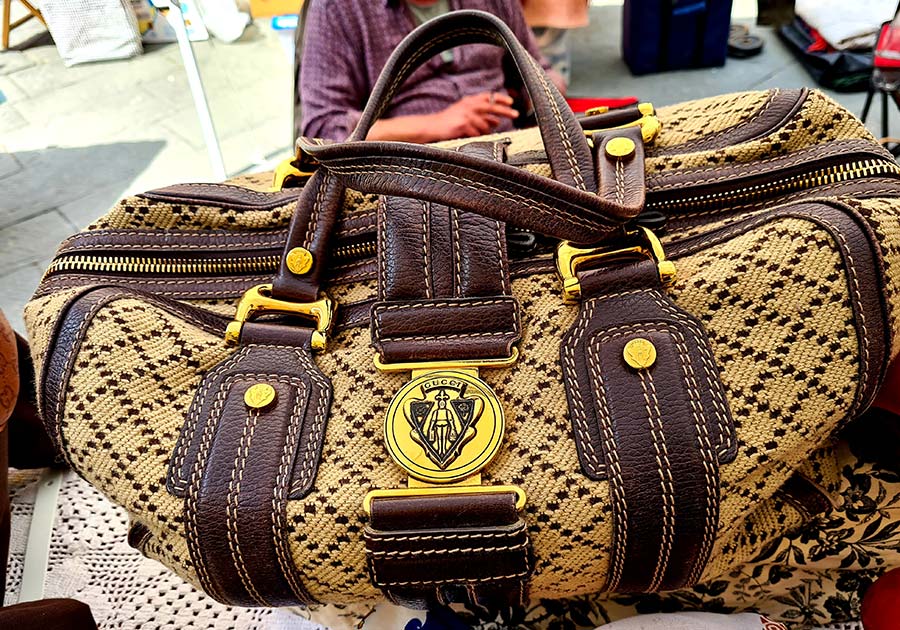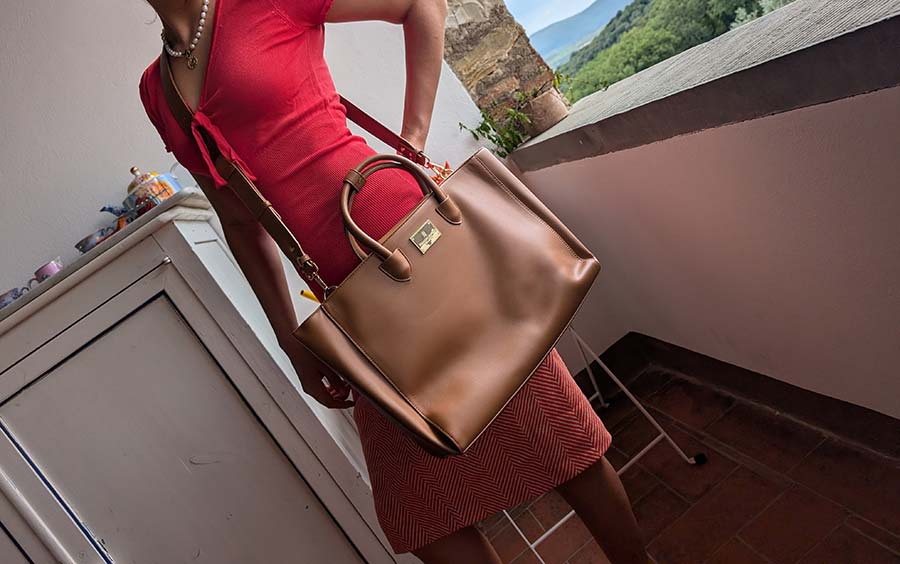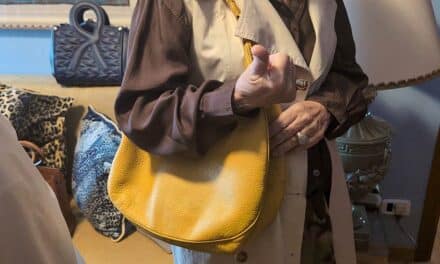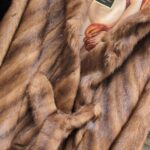The allure of luxury handbags is undeniable. There’s a certain power that comes with swinging an Hermès Birkin and your made in Italy over your arm or placing a Chanel Classic Flap on the table of a five-star restaurant. The craftsmanship, the history, the legacy all wrapped up in a perfectly stitched package. But what if you could get that look for a fraction of the price?
Enter the world of dupe handbags, a booming business that floods social media feeds and online marketplaces. Tempting, right?
Until that first whiff hits.
The Smell of a Knockoff
A handbag should smell of premium leather, the kind that whispers of Italian tanneries and centuries-old techniques. A dupe from China, however, tells a different story. A single breath near one of these so-called “designer alternatives” is an assault on the senses. Chemical-laden, plastic-infused, and reeking of an industrial cocktail, these bags carry a signature scent that no amount of perfume or airing out can mask. They stink.
Luxury means experiencing opulence with every sense, and smell is no exception. A genuine leather bag, handcrafted with precision, has that unmistakable, rich scent of fine materials and expert artistry. A counterfeit reeks of shortcuts, mass production, and cut corners. It’s not just unpleasant; it’s a neon warning sign that the bag in question was never meant to be near human skin.
Poison in Your Purse
The problem goes beyond the odor. The materials used to create these luxury Italian knockoffs are saturated with chemicals that make them not just unbearable to the nose but potentially harmful to your health. The manufacturing process of these faux leather monstrosities often involves toxic glues, plastic derivatives, and dyes that contain heavy metals. These substances don’t just sit quietly within the bag. They release volatile organic compounds (VOCs), which you unknowingly inhale every time you open that zipper.
Some try to pass off these materials as pleather, vegan leather, or eco-friendly alternatives. A laughable claim. There is nothing sustainable about a bag that smells like a petrochemical plant and sheds microplastics with every use. Unlike real leather, which ages gracefully, these bags break down into a brittle, peeling mess, leaving you with a landfill-bound heap of toxic waste.

The Fast Fashion Connection
The problem extends beyond handbags. Fast fashion behemoths like SHEIN and Temu churn out clothing that carries the same nauseating chemical stench. Open a package, and you’re greeted with an overwhelming wave of synthetic horror. That smell is a telltale sign of low-quality, mass-produced goods drenched in formaldehyde and other preservatives to prevent mold growth during long shipping journeys.
Why should it matter? Because your skin, the largest organ in your body, absorbs whatever it touches. Wearing these chemically treated clothes or carrying a toxic handbag against your body means exposing yourself to unknown health risks.
It’s a slow poison—one that many dismiss because of the initial thrill of snagging a cheap “designer” look.
The Social Media Dupe Culture
Scrolling through Instagram or TikTok, it’s impossible to escape the flood of influencers flaunting their dupe hauls.
“You don’t need to spend thousands on a designer bag when you can get this identical one for $50!” they declare. Identical?
Perhaps in silhouette. But nothing about these bags mirrors true luxury.
Luxury isn’t just about appearances. It’s about how an item makes you feel. The weight of a well-crafted leather bag, the soft touch of its lining, the reassuring strength of its stitching—details that cannot be replicated by a sweatshop factory churning out counterfeits. Knockoff culture reduces centuries of craftsmanship into a cheap, disposable trend.
The worst part? These counterfeit operations thrive because consumers support them. Every “dupe” purchase fuels an industry that disregards ethics, fair wages, and environmental responsibility. It’s not a victimless crime. It’s an endorsement of sweatshops, child labor, and organized crime networks that make billions from counterfeit goods.
The True Cost of a Cheap Bag
Saving money on a fake designer handbag might seem like a smart move, but the true cost comes later. A real luxury handbag is an investment—crafted to last decades, to be passed down through generations. A dupe, however, falls apart within months. The straps crack, the hardware tarnishes, and that unmistakable chemical stench never fades. A knockoff is disposable by design, which means frequent replacements. Suddenly, that “affordable” alternative turns into a never-ending cycle of spending.
Then there’s the resale market. Try reselling a dupe. No one wants it. A genuine designer bag, however, holds its value. Some even appreciate over time. That Birkin or Chanel might cost a fortune upfront, but it retains its worth. A dupe? It depreciates the second you walk out the door.
The Sensory Experience of True Luxury
Luxury is an experience, a multisensory journey that starts the moment you touch, see, and smell an item. Walking into a boutique, the scent of fine leather greets you before you even spot the latest collection. The packaging alone tells a story of meticulous craftsmanship. The weight of the bag, the smooth glide of the zipper, the supple feel of the leather—this is what sets designer goods apart from their plastic imposters.
There’s nothing luxurious about cutting corners. No one buys a luxury handbag just for the label; they buy it for the craftsmanship, the story, the prestige. Dupes strip away all of that, leaving behind a hollow imitation. It’s like drinking boxed wine and convincing yourself it’s a vintage Bordeaux.
Why Settle for Less?
A fake bag doesn’t make you look stylish. It makes you look like someone wearing a lie. It’s the fashion equivalent of spraying yourself with cheap perfume and hoping people mistake it for Chanel No. 5.
If budget is a concern, there are better options. Pre-loved designer bags offer authenticity without the steep retail price. Brands with impeccable craftsmanship but less mainstream recognition provide quality at a fraction of the cost. Investing in fewer, high-quality pieces is always better than a closet filled with toxic-smelling, disposable junk.
For those who appreciate the finer things in life, the choice is clear. Ditch the dupes, embrace authenticity, and surround yourself with quality over quantity. Because no one wants to be the person at a glamorous event with a handbag that smells like a factory fire.
Luxury is not just about what you carry—it’s about the standards you set for yourself. Choose wisely.
















You must be logged in to post a comment.